
Fashion is more than just clothes. It’s a form of identity, history, and pride. Cultural fashion reflects the values, beliefs, and traditions of different societies, passed down through generations. From African prints to Japanese kimonos, Indian saris to Scottish kilts, cultural attire continues to inspire both everyday wear and high fashion.
Today, cultural fashion is being celebrated globally, not just as tradition, but as a living, evolving expression of heritage and creativity.
What Is Cultural Fashion?
Cultural fashion refers to clothing styles, textiles, patterns, and accessories that are deeply rooted in a particular culture or ethnic background. These garments often carry symbolic meanings, represent social status, mark special events, or honor spiritual beliefs.
Examples include:
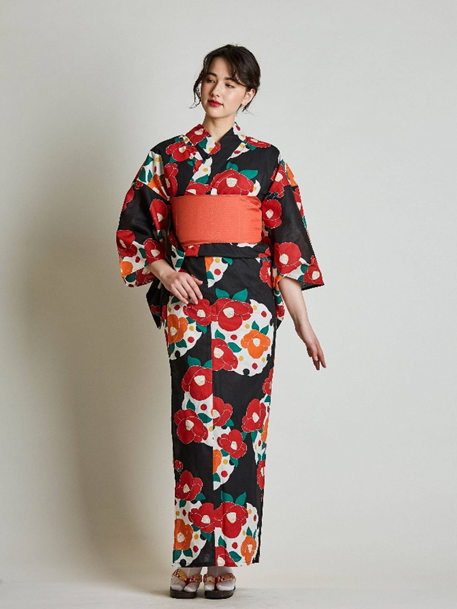
| – Ankara and Kente fabrics in West Africa – Kimono in Japan – Sari in India – Dashiki in parts of Africa and the African diaspora | |
| – Native American beadwork and regalia – Hanbok in Korea – Kaftans, turbans, and abayas in Middle Eastern cultures |
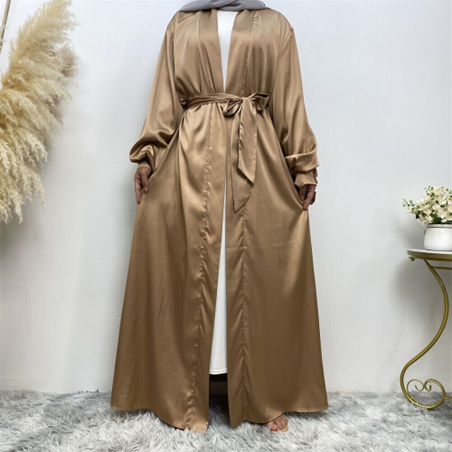
Why Cultural Fashions Matters.
1. Preserves heritage – Wearing traditional fashion keeps cultures alive.
2. Tells stories – Every print, stitch, and color can have deep meaning.
3. Connects generations – Fashion links the young and old through shared tradition.
4. Builds pride – Embracing your cultural attire boosts self-identity and confidence.
5. Inspires global fashion – Designers often draw ideas from traditional patterns and techniques.
Cultural Fashion In Modern Life
Young people today are blending modern trends with traditional pieces, creating fresh, stylish looks that honor the past while expressing the present.
Examples:
– Pairing jeans with an Ankara top

– Wearing sneakers with a sari or kaftan
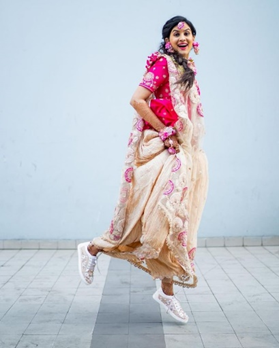
– Using traditional fabrics to design suits or streetwear
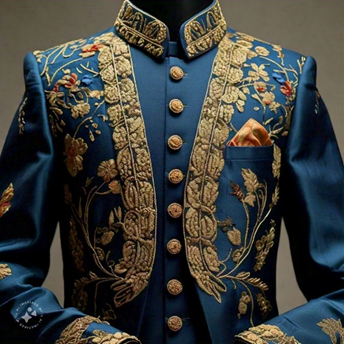
This fusion keeps culture relevant and helps it evolve across generations.
Cultural Fashion Around the World
– Africa – Bold prints, symbolic patterns, and colorful headwraps

– Asia – Silk fabrics, embroidery, traditional cuts (like kimono, hanbok, cheongsam)

– Middle East – Modest, flowing garments with luxurious fabrics
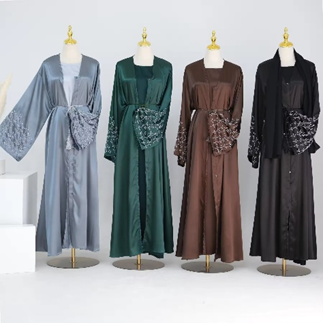
– Europe – Folk costumes, embroidery, tartan kilts
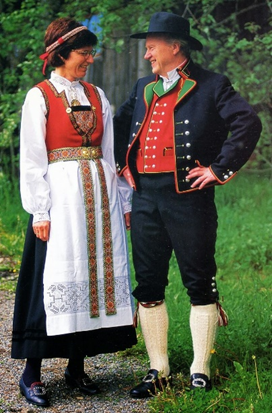
– South America – Bright colors, indigenous patterns, ponchos, and handmade textiles
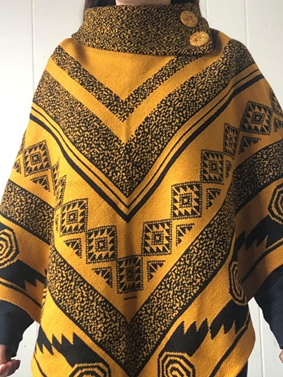
Cultural fashion is a powerful celebration of identity, artistry, and tradition. Whether passed down or reimagined, it connects us to our roots and each other. In a globalized world,
embracing cultural fashion with respect and pride keeps heritage alive and makes fashion more meaningful.
Wear your culture. Honor others. Make a statement.

